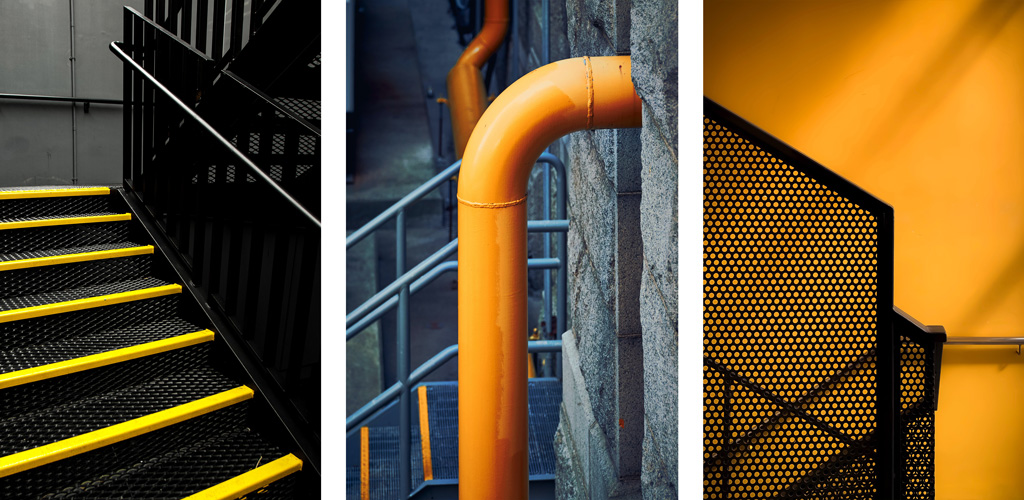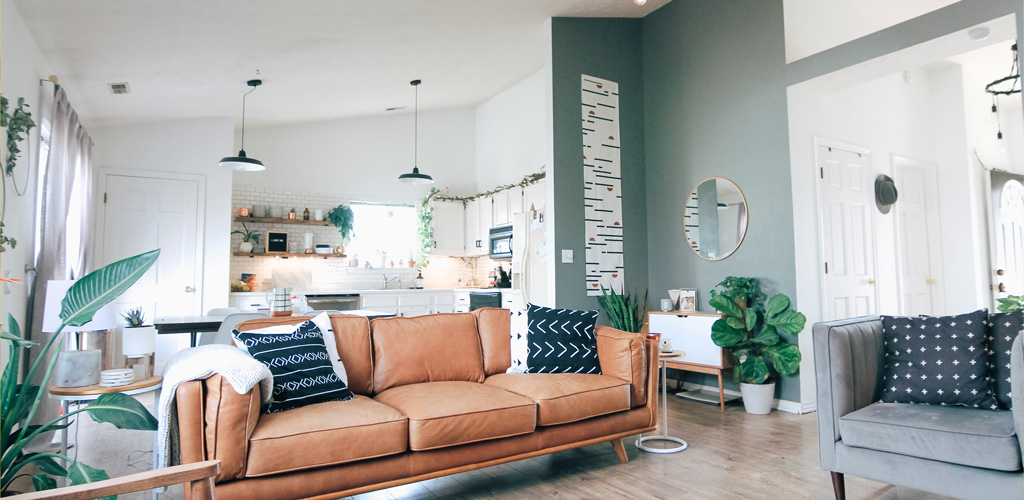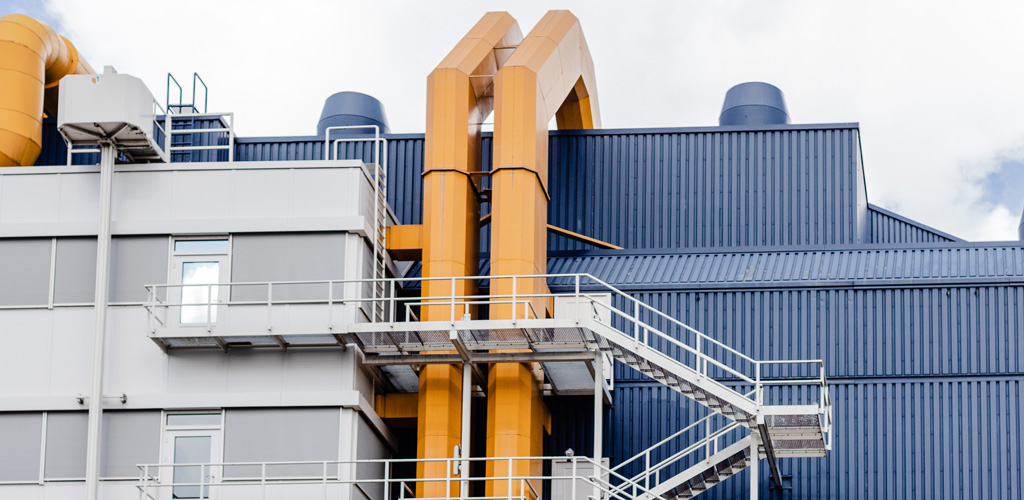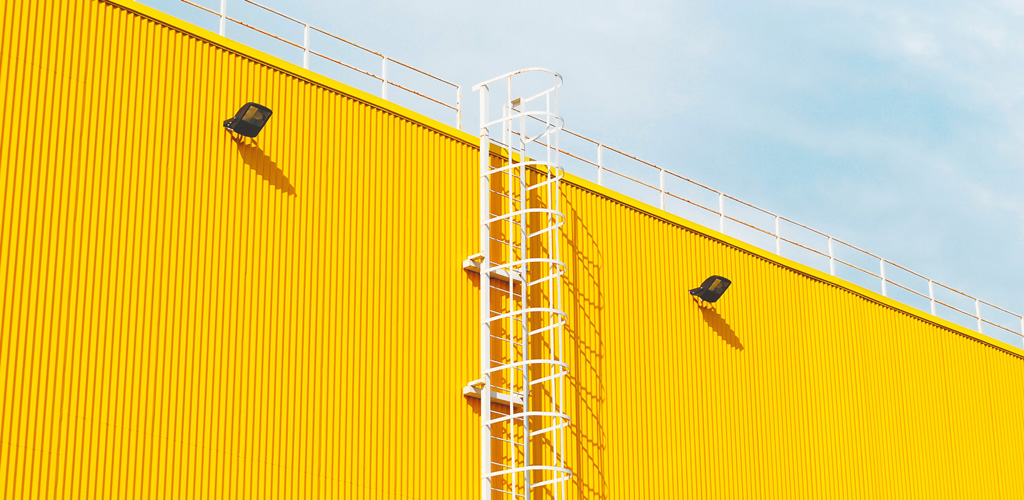Whether it’s your first ever paint job, or you’re a seasoned professional – our painting tips will help you master the paint process and produce picture-perfect results, every time.
Soon, you won’t be able to tell the difference between your own handiwork and one of a painter with years of industry experience. Read on for some of our painting top tips for the professional finish, every time.
Before Painting
- Check the paint colour against your colour chart prior to painting, to make sure you have the correct paint.
- Plan your painting for a day with moderate temperatures. Extreme heat or cold does not bode well for painting; if the surface you’re applying the paint to is below 10°C or above 35°C, you may encounter problems with adherence.
- Choose calm, moderate weather conditions and paint only during daylight hours, with no rain forecasted.
- Stir the contents of your paint tin with a flat stirrer before and during use to ensure consistency in your paint.
- Apply a test sample for compatibility of your new paint over the old paint, before you begin the entire project.
- Use only the recommended paint thinners for dilution and cleaning, as the paint’s properties may react unusually and/or negatively with anything else.
- Do a cross-cut adhesion test of the old coating before you repaint.
- Cooler temperatures, higher film thickness and higher humidity conditions can lead to longer drying times, so make sure you leave ample time to let your surface dry.

During Painting
- Prep, prime and finish an entire section before you move on to the next to avoid prolonged exposure to the elements.
- Postpone your painting if the weather takes a turn for the worse.
- For your safety and the best conditions for the paint to dry, finish painting two hours before sunset.
After Painting
- Avoid bringing any steam close to your paint for up to 48 hours after painting (especially when painting in kitchens), and avoid scrubbing the walls for at least seven days.
- Peel the painter’s tape off your covered surfaces shortly after the paint dries to avoid any chipping.

Spraying Paint
- Carefully follow the manufacturer’s instructions, using only the paint manufacturer’s recommended thinner.
- Test spray your paint on cardboard to check the spray pattern and fan so that there are no nasty surprises when you apply it to your desired surface.
- Start easy with the thinner – you can always add more in but you can’t take it out.
- Start moving the paint gun before you begin spraying, ensuring you’re keeping momentum with long, straight sweeps/strokes.
- Use long, sweeping strokes at a maintained distance from your surface to ensure consistent results.
- Hold the paint gun nozzle perpendicular to the surface and at a distance of 25-35cm at all times.
- Overlap each stroke by half to avoid leaving thin areas or creating strips of uneven coverage.

Painting Safety
- Open any windows and other airways you have available to provide adequate ventilation during your project, as paint fumes can be harmful in enclosed areas.
- Organise a safe, environmentally friendly way for any excess paint to be discarded; don’t let paint enter drains or waterways.
- Remove all obstacles and hazards from the painting site and surrounding areas to avoid accidents.
- Wear necessary Personal Protective Equipment (PPE), such as gloves, shoes, glasses, and a respirator.
- Keep children away from painting sites.
Now that you are set up with all the tips and tricks, it’s time to started on your painting project!


